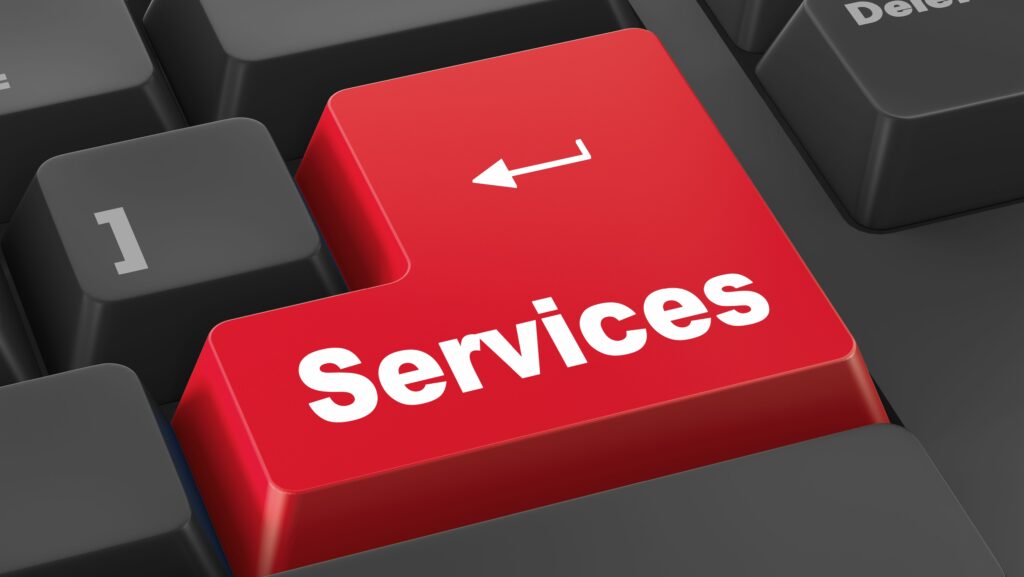Implementing a cloud-based Computerized Maintenance Management System (CMMS) can transform your maintenance operations by streamlining workflows, improving asset reliability, and reducing downtime. However, a successful setup requires thoughtful planning and execution. Whether you’re replacing a manual system or upgrading from an on-premise solution, understanding the key steps involved can help ensure a smooth transition and maximize the benefits of your new CMMS.
Step 1: Define Your Maintenance Goals and Requirements
Before diving into software selection or configuration, start by clearly defining what you want to achieve with your CMMS. Common goals include:
- Reducing unplanned equipment downtime
- Automating preventive maintenance schedules
- Improving work order management and technician productivity
- Enhancing inventory control
- Increasing visibility into maintenance costs and performance
Engage key stakeholders—maintenance supervisors, technicians, IT staff, and operations managers—to gather input on challenges, workflows, and must-have features. This upfront clarity will guide your system configuration and user training plans.
Step 2: Choose the Right Cloud-Based CMMS Platform
Cloud CMMS platforms vary in features, user experience, scalability, and pricing. Look for a solution that fits your organization’s size, industry, and technical capabilities. Key considerations include:
- User-friendly interface accessible on desktops and mobile devices
- Comprehensive asset, work order, and inventory management modules
- Automated preventive maintenance scheduling with flexible triggers
- Real-time reporting and customizable dashboards
- Robust security, data encryption, and reliable backups
- Integration capabilities with existing enterprise systems (ERP, IoT sensors, etc.)
Many providers offer free trials or demos—take advantage of these to evaluate how well the platform meets your needs.
Step 3: Prepare Your Data for Migration
A common hurdle in CMMS setup is migrating existing maintenance data such as asset lists, work orders, service histories, and inventory records. Start by auditing your current data for accuracy and completeness.
Clean up duplicate or outdated entries and standardize formats to make import smoother. Most cloud CMMS solutions provide data import tools or services to assist with migration from spreadsheets, legacy systems, or paper records.
Preparing clean, well-organized data upfront saves time and helps your team trust the new system’s information.
Step 4: Configure the System to Match Your Workflows
One of the advantages of cloud CMMS platforms is their configurability. Customize your system by:
- Setting up asset hierarchies and locations
- Defining user roles and permissions
- Creating work order templates and prioritization rules
- Establishing preventive maintenance schedules based on time, usage, or condition
- Setting inventory thresholds and reorder points
- Configuring alerts, notifications, and escalation paths

Tailoring the system to your organization’s unique maintenance processes ensures it supports rather than disrupts daily work.
Step 5: Train Your Team Thoroughly
Successful adoption hinges on user comfort and confidence. Develop a training plan that covers:
- How to create, assign, and update work orders
- Accessing asset and inventory information
- Navigating mobile apps for field technicians
- Generating reports and dashboards for supervisors and managers
Consider role-based training sessions, quick reference guides, and ongoing support channels. Encourage early user feedback and address concerns promptly.
Step 6: Pilot and Refine Your CMMS Deployment
Before rolling out the system company-wide, conduct a pilot phase with a select team or facility. This controlled environment lets you:
- Identify configuration issues or workflow bottlenecks
- Verify data accuracy and system performance
- Gather user feedback on usability and features
Use pilot insights to refine settings, update training materials, and address any technical glitches.
Step 7: Launch and Monitor Progress
After a successful pilot, expand the CMMS deployment across your organization. Monitor key performance indicators such as:
- Work order completion rates and turnaround times
- Equipment downtime and failure incidents
- Inventory stockouts and reorder efficiency
- User engagement and system usage patterns
Regularly review reports and hold feedback sessions to ensure the CMMS continues to meet your evolving maintenance needs.
Step 8: Leverage Continuous Improvement
A cloud-based CMMS is not a “set and forget” tool. As your organization grows or changes, continue to optimize your system by:
- Updating preventive maintenance schedules based on new data or manufacturer updates
- Adding new assets or sites as operations expand
- Integrating with emerging technologies like IoT sensors or predictive analytics
- Training new hires and refreshing skills for existing staff
Cloud platforms often release new features—stay informed and incorporate these enhancements to maintain maximum value.
Setting up a cloud-based CMMS is a strategic investment that requires careful planning, collaboration, and ongoing attention. By clearly defining goals, selecting the right platform, preparing clean data, customizing workflows, training your team, piloting the rollout, and monitoring performance, you can ensure a smooth transition that drives measurable improvements in maintenance efficiency and asset reliability.
The flexibility, accessibility, and scalability of cloud-based CMMS solutions make them well suited for today’s fast-paced, data-driven organizations seeking to reduce downtime and optimize maintenance operations.



